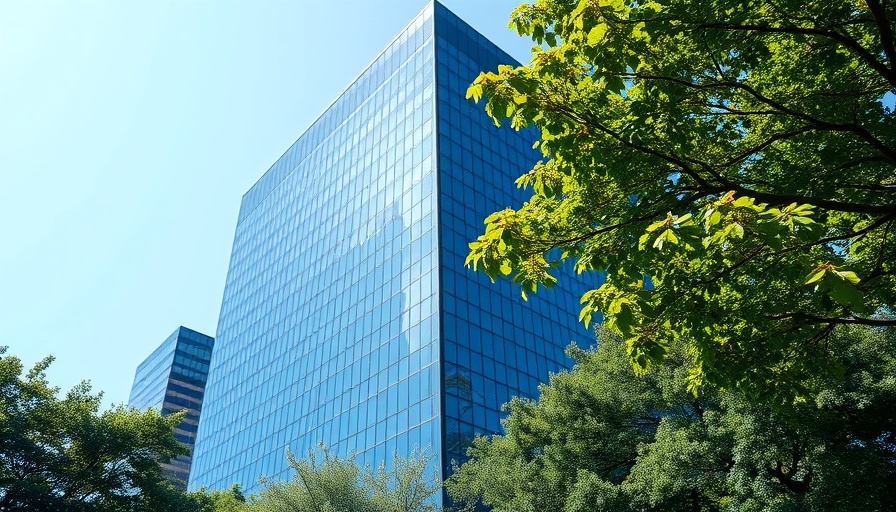
Rio Tinto Board Takes Firm Stand Against Dual Listing Review
In a bold move that could reshape investor confidence, Rio Tinto's board has made a clear recommendation for shareholders to reject a resolution proposed by activist investor Palliser Capital, which seeks an independent review of the mining giant's dual-listed structure. With upcoming annual general meetings set for April and May 2025, the decision comes amid growing discussions about corporate governance and shareholder value in the industry.
What is the Dual-Listed Structure?
Rio Tinto operates as a dual-listed company, with shares traded on both the London and Australian stock exchanges. This structure allows the firm to tap into different capital markets but has drawn criticism for potentially diminishing shareholder value. Activist investors argue that unifying the structure into a single entity could enhance operational efficiency and transparency, while the board firmly disagrees, stating that such consolidation could harm the company's value.
Why Reject the Proposal?
The board's unanimous recommendation stems from a comprehensive review recently conducted with input from leading external advisers. They firmly state that many of the rationales for unification used in arguments favoring other companies, such as BHP, do not apply to Rio Tinto's unique situation. Key factors include differing asset locations, diverse growth prospects, and varying tax implications. By asserting that the dual-listing has not led to a $50 billion loss of value as claimed by Palliser, Rio Tinto defends its structure as conducive to delivering value.
The Broader Impact of Activist Investments
As activist investors gain a foothold in various sectors, corporate governance is under scrutiny. The push for dual listing reviews reflects a growing trend where shareholders are demanding greater transparency and accountability. In a similar scenario, BHP successfully unified its dual-listed companies, a move that has set a precedent in the mining industry. However, the implications for Rio Tinto are complex, raising questions about long-term strategic value versus short-term shareholder activism.
Shareholder Confidence and Market Reactions
Rio Tinto's market performance remains a focal point. The board's resistance to change may reinforce confidence among investors who favor stability and long-term strategy over the volatility often associated with activist interventions. How shareholders respond to the board's recommendations will be pivotal in determining the company's strategic direction.
Looking Forward: The Future of Corporate Structures
The ongoing debate surrounding Rio Tinto's dual-listed structure may set the stage for future corporate governance discussions across the mining sector. As companies navigate the complexities of shareholder expectations and operational effectiveness, this situation could serve as a case study in handling activist investor proposals. Investors and analysts alike will be watching closely as Rio Tinto prepares for its AGMs and beyond.
 Add Row
Add Row  Add
Add 




Write A Comment